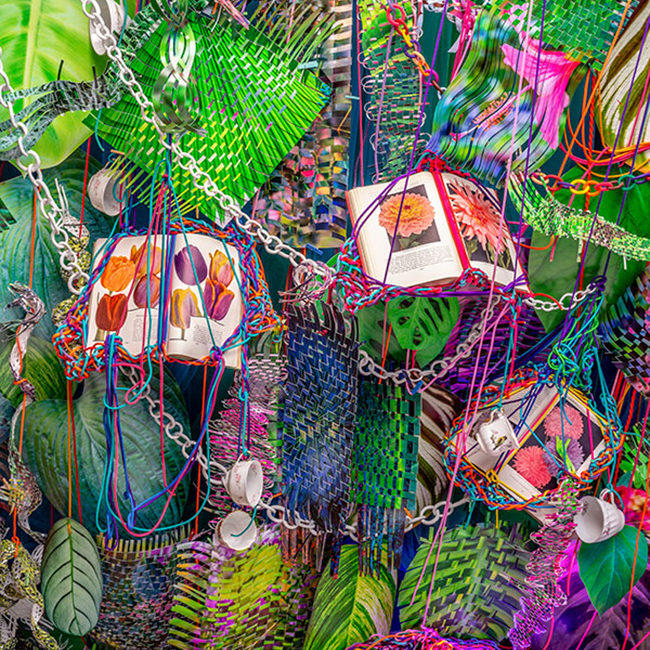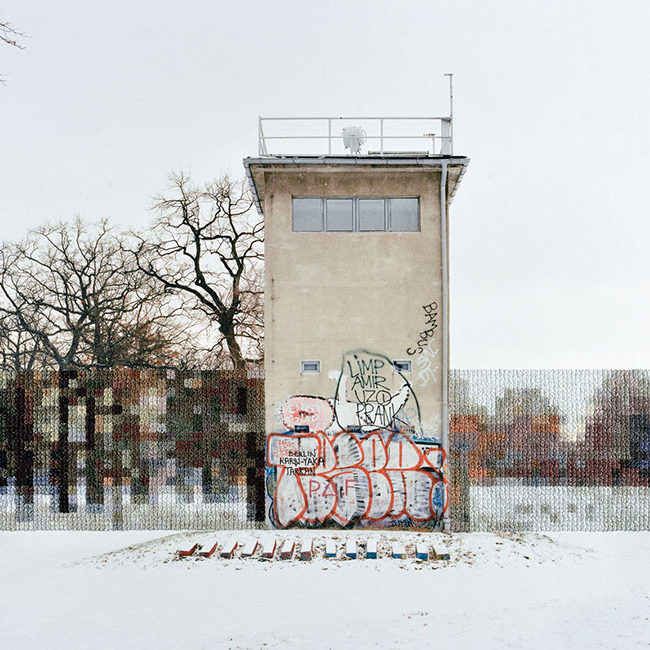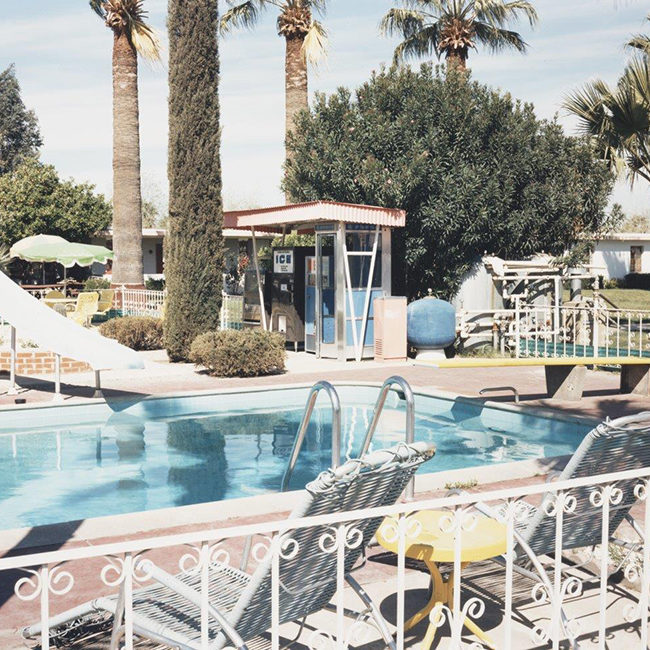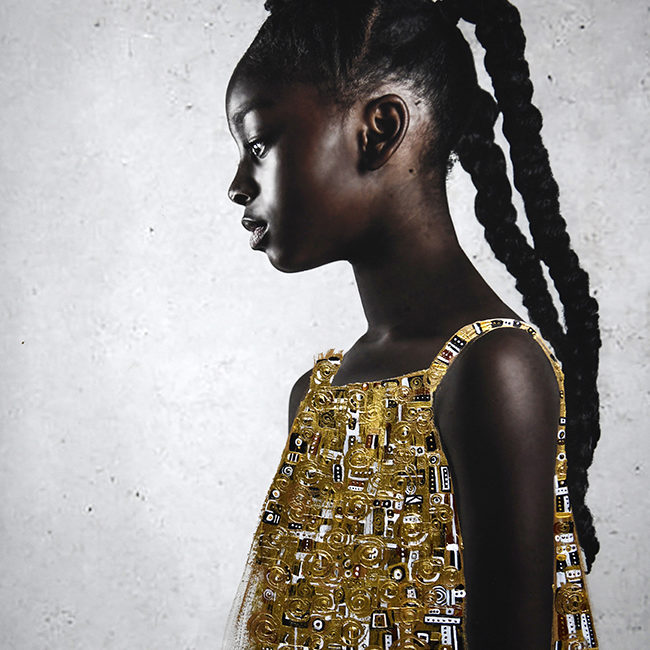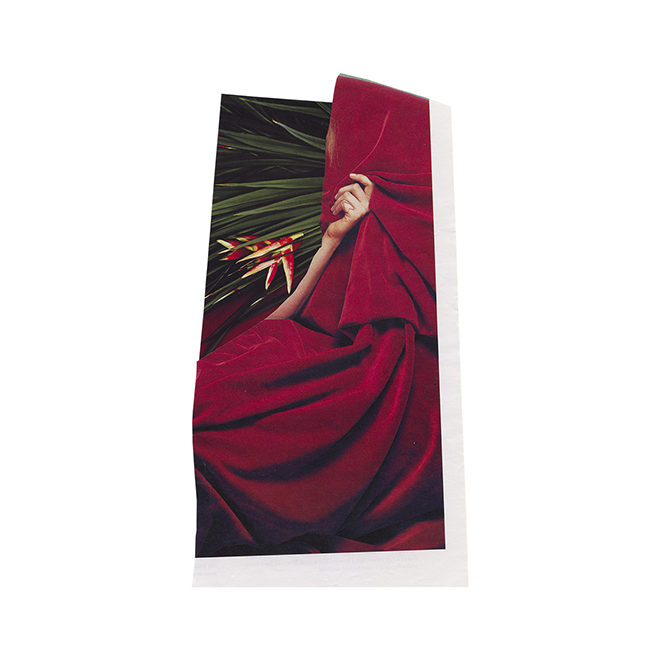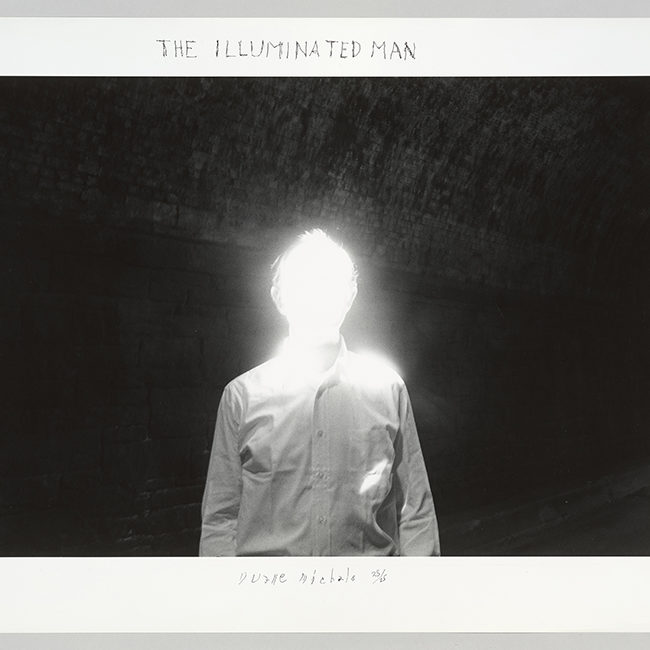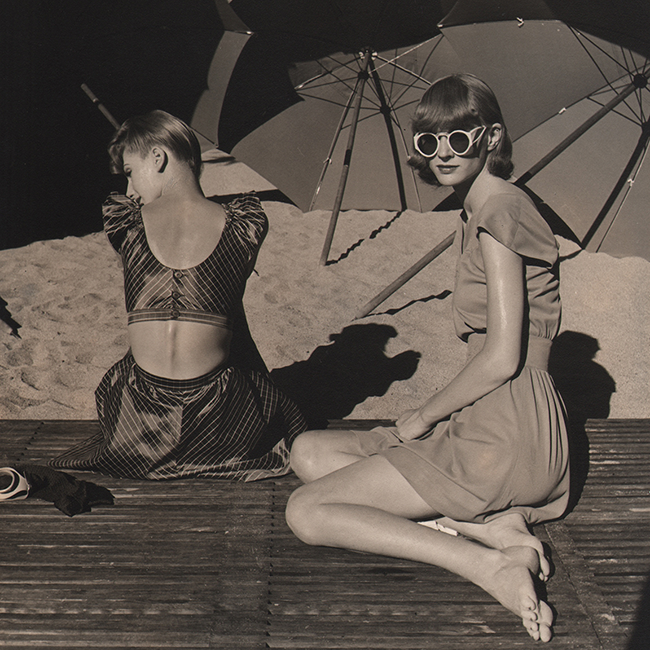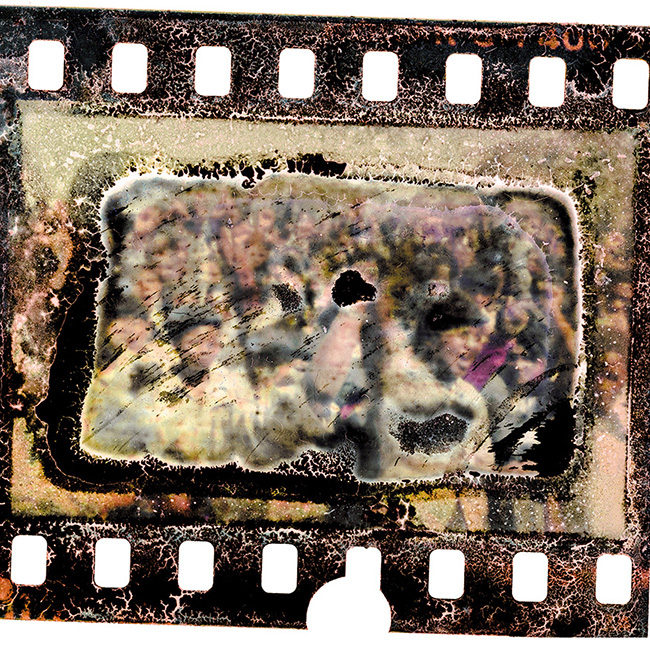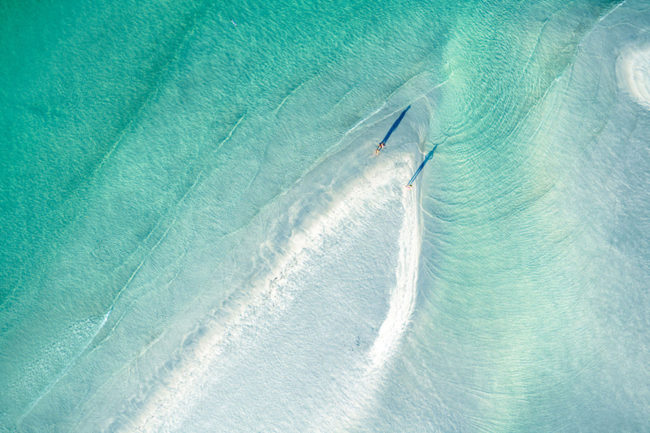A new show at Centre Pompidou in Paris explores the relationship between photography and graphic art, looking at the work of three influential figures, William Klein, Wojciech Zamecznik and Gérard Ifert, who in the 1950s and ’60s used photomontage and other kinds of photographic experimentation to explore new formal directions in abstraction. The show, “PHOTOGRAPHISME. Klein, Ifert, Zamecznik,” on view until January 29, presents a selection of work that often used photography in combination with texts in publications and advertisements, blurring the line between photography and graphic design.
William Klein came to Paris in the 1940s to study painting, but quickly became interested in photography and graphic design. In the 1950s, along with making the kinetic sculptures that led circuitously to his career in fashion photography, he began to experiment with photograms that referenced motion. His abstractions, sometimes made with cardboard masks in which he cut geometric shapes, were used as illustrations for projects including the covers of 20 issues of the Italian architecture journal Domus.
Gérard Ifert was trained as a graphic designer with roots in the Bauhaus school emphasis on functional, modern design. In the 1950s, he devoted himself to photography, making graphic renderings of moving objects that exploited camera shake. While usually made as preparatory studies for graphics projects, the images were occasionally shown on their own, including in MoMA’s 1960 show, “The Sense of Abstraction.”
Wojciech Zamecznik, who trained as an architect and worked as a designer, began working with photography in the 1940s, building an experimental vocabulary that used light effects, positive/negative inversions, toning, colorization and photogram techniques to explore the graphic possibilities of abstraction. Beginning in the 1950s, he incorporated these images into designs he produced for album covers, posters and film credits.
As the museum writes, the dialogue between photography and graphic design “intensified between 1945 and 1969, and became ever-more experimental.” The result, inspired by the Bauhaus directive to bring together fine art and applied arts, was a generation who “saw creators as social agents furthering a dynamic expression of the contemporary.”
Related Stories:
William Klein + Brooklyn
Massive Moholy-Nagy
Q&A: William Klein (for PDN subscribers; login required)
